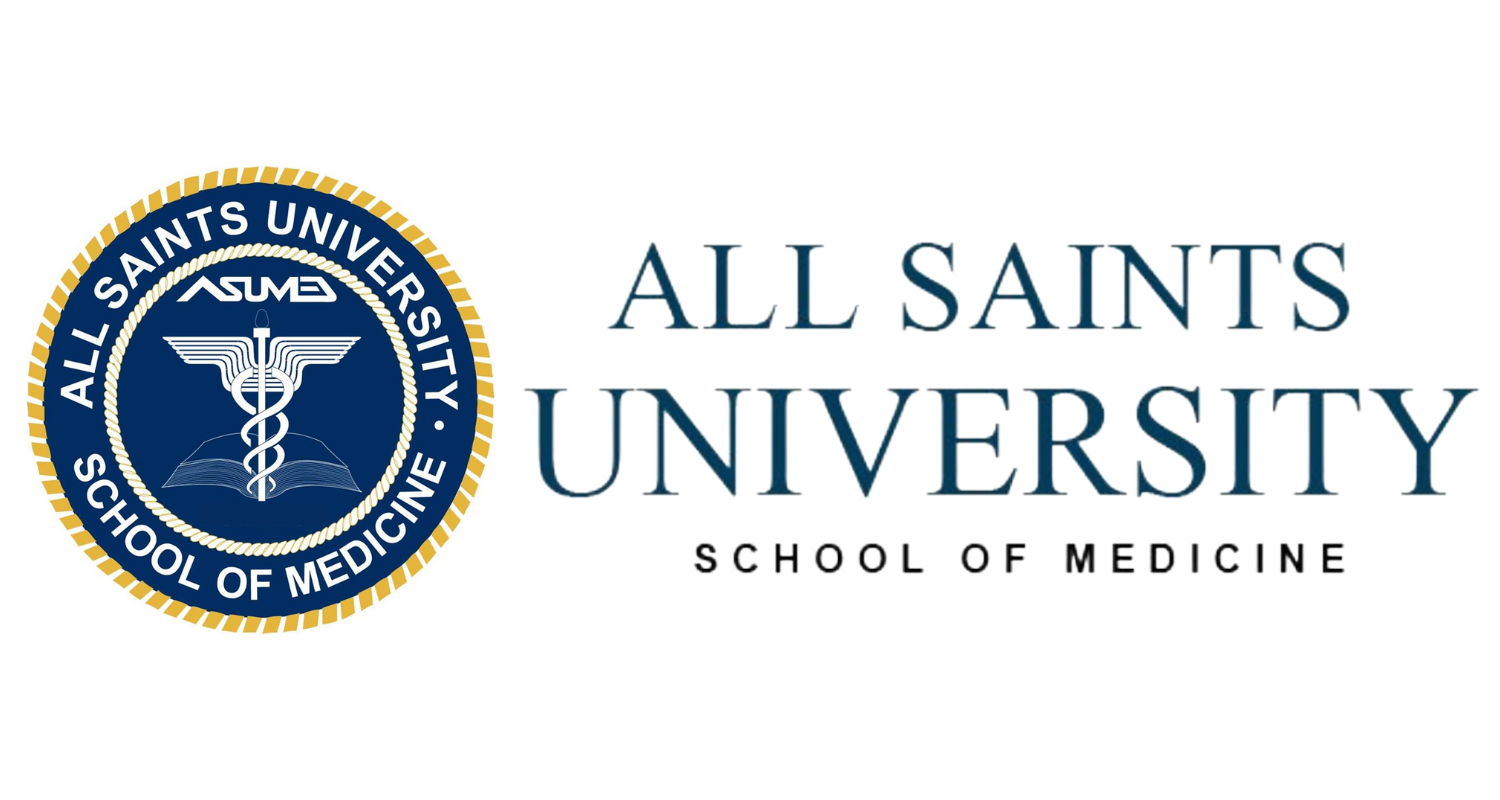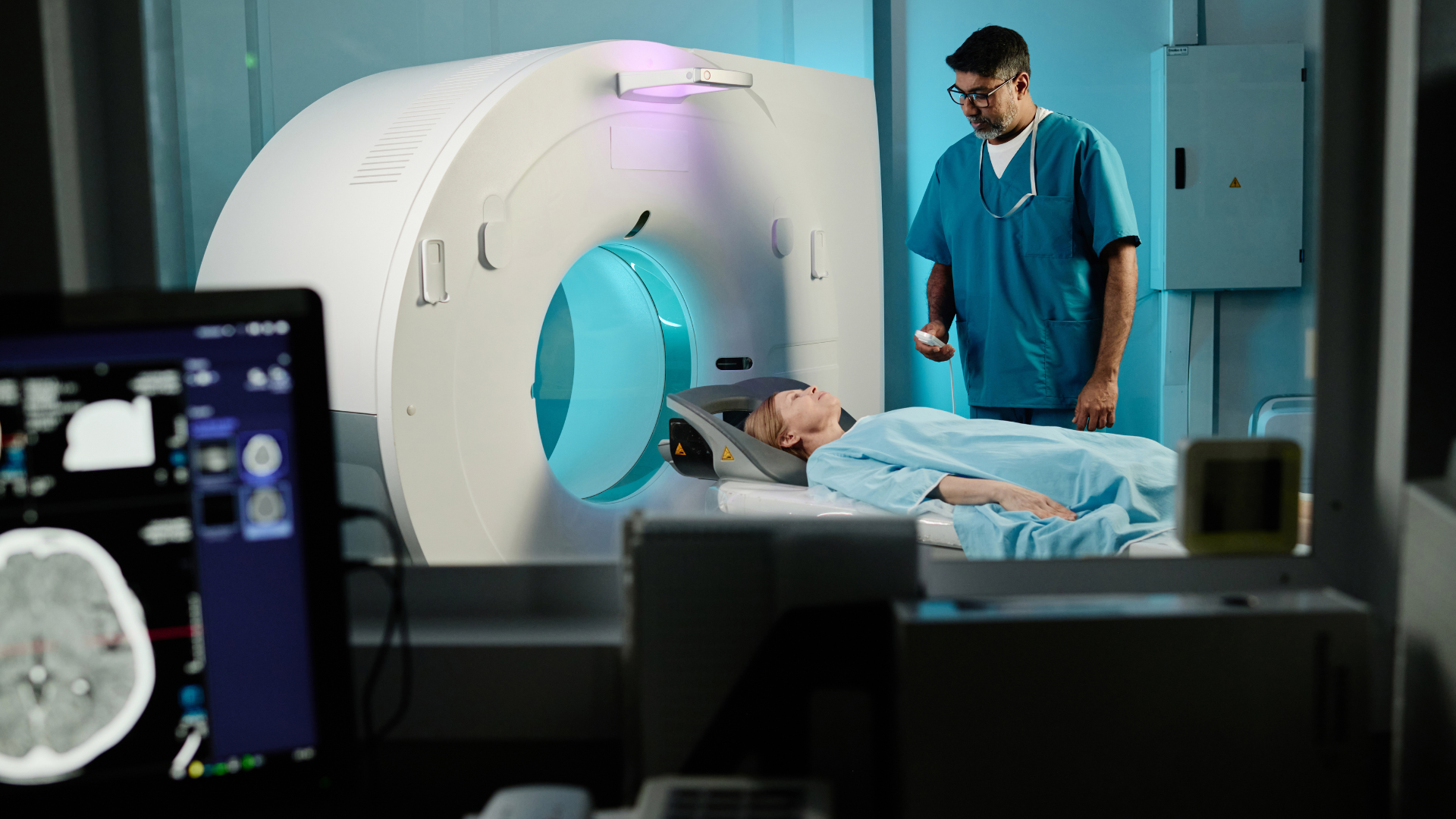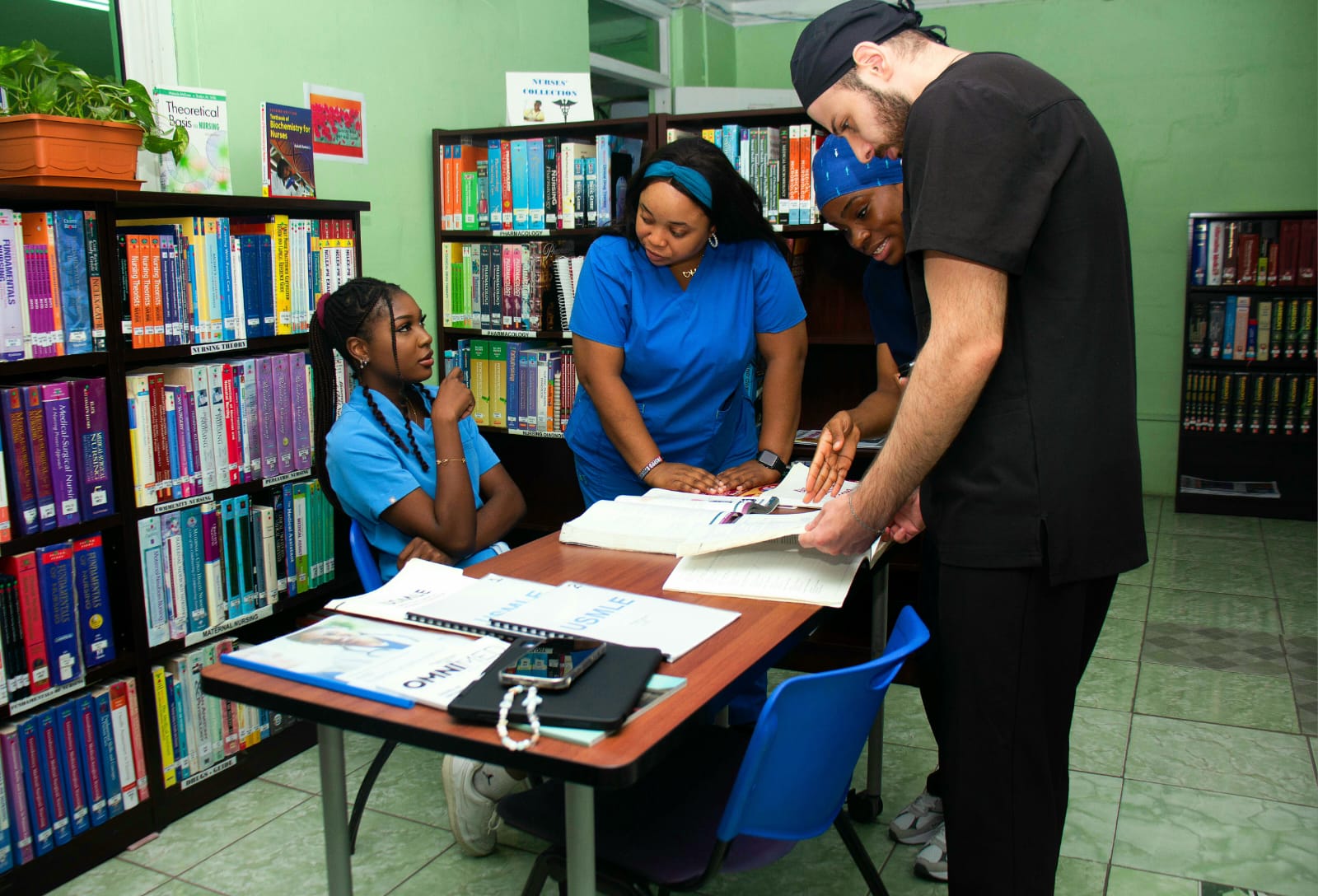Radiography, the art and science of using medical imaging techniques to diagnose and treat diseases, has revolutionized modern medicine. From the discovery of X-rays to advanced imaging technologies, radiography plays a pivotal role in healthcare. Here are some intriguing facts about this field:
1. Accidental Discovery of X-rays
In 1895, Wilhelm Conrad Röntgen, a German physicist, accidentally discovered X-rays while experimenting with cathode rays. This groundbreaking discovery earned him the first Nobel Prize in Physics in 1901.
2. Radiography Beyond Medicine
Beyond healthcare, radiography is utilized in various fields, including art restoration and security. Art historians use radiography to examine underlying layers of paintings, revealing artists’ techniques and uncovering hidden artworks.
3. Evolution to Digital Imaging
The transition from traditional film-based X-rays to digital radiography has enhanced image quality and reduced radiation exposure. Digital systems provide immediate results, improving diagnostic efficiency.
4. Radiographers: The Unsung Heroes
Radiographers, also known as radiologic technologists, are essential healthcare professionals trained to perform diagnostic imaging examinations. They ensure accurate imaging while prioritizing patient safety and comfort.
5. Diverse Imaging Modalities
Radiography encompasses various imaging techniques, including:
- X-ray Radiography: Captures images of bones and certain tissues.
- Computed Tomography (CT): Provides cross-sectional views of the body.
- Magnetic Resonance Imaging (MRI): Utilizes magnetic fields to produce detailed images of soft tissues.
- Ultrasound: Employs sound waves to visualize internal organs and monitor fetal development.
6. Radiography in Space Exploration
NASA employs radiographic techniques to inspect spacecraft components, ensuring structural integrity and mission safety.
7. Continuous Technological Advancements
The field of radiography is continually evolving, with advancements like 3D imaging and artificial intelligence integration, leading to more precise diagnostics and personalized treatment plans. Facts.net
Embarking on a Radiography Career with All Saints University
Recognizing the significance and growth of medical imaging, All Saints University is proud to offer a comprehensive BSc. in Medical and Diagnostic Imaging program. This program is designed for individuals aspiring to become proficient radiographers equipped with the knowledge and skills to excel in various medical settings.
Program Highlights:
- Comprehensive Curriculum: Covers essential topics such as anatomy, imaging techniques, radiation safety, and patient care.
- Hands-On Training: Provides practical experience with advanced imaging equipment, preparing students for real-world scenarios.
- Flexible Entry Requirements: Open to secondary school graduates and university graduates in life sciences. Candidates with prior education in radiography or related fields may receive advanced standing.
- Associate degree Option: A 4-semester Associate Degree in Medical and Diagnostic Imaging is also available, which can be completed in approximately 16 months.
Admission Requirements:
- Secondary School Graduates: Minimum of five GCE Ordinary Level credit passes, including Mathematics, English, Biology, Physics, Chemistry, and one other subject. For CSEC holders, a minimum of grade 3 in each of the subjects listed above is required.
- Degree Holders: Graduates in life or natural sciences (e.g., Chemistry, Biology, Physics, Microbiology) or those with an Associate Degree, Diploma, or Certificate in radiography may be granted transfer credits or advanced standing, evaluated on a case-by-case basis.
Embarking on a career in radiography offers the opportunity to be at the forefront of medical technology, contributing significantly to patient diagnosis and care. With All Saints University’s robust program, students are well-prepared to enter this dynamic and rewarding field.
For more information on the BSc. (Medical and Diagnostic Imaging) program and admission details, visit:
For more information on tuition and fees, please visit:
Join us at All Saints University and become a vital part of the future of healthcare.





